Did You Know?
Thandiani is the highest spot in the Abbottabad district and offers a panoramic view of surrounding mountains including the mighty Nanga Parbat and Pir Panjal range.
34°13'52.7"N 73°21'09.1"E
Thandiani is the highest spot in the Abbottabad district and offers a panoramic view of surrounding mountains including the mighty Nanga Parbat and Pir Panjal range.
The Best Time to Visit mountain regions of Khyberpakhtunkhwa is Summers. Preferably from April to September. Winters are Extremely Cold and Snowfall blocks most of access. Hence Winters are not recommended.


Thandiani which means ‘very cold’ is a British Era hill station situated around 33 km from Abbottabad in the Khyber Pakhtunkhwa province of Pakistan. At a height of 8795ft (2681m), Thandiani is the highest spot in the Abbottabad district and offers a panoramic view of surrounding mountains including the mighty Nanga Parbat and Pir Panjal range. It was established as a hill station for the British Officers stationed at the nearby cantonment of Abbottabad and was also home to Christian missionaries. Ruins of British-era structures are still present in Thandiani including the 1874 St Xavier’s Church.
Thandiani is famous for its year-long cold weather and thick conifer forests that surround it and is a popular tourist spot. Thandiani is located in Khyber Pakhtunkhwa's "Galiyat" region and is a two-hour drive from Abbottabad. In contrast to Nathia Gali and Murree, the Thandiani Top is primarily unpopulated and lacks proper infrastructure, with the exception of a few shops and makeshift hotels. KPK government has set up camping pods for the convenience of visitors.
When Punjab fell under British rule in 1849, the Hazara region was consolidated into a district, with Abbottabad functioning as one of its tehsils. According to The Imperial Gazetteer of India, Thandiani, which was a part of the Abbottabad Tehsil, was established as a "sanitarium" orretreat for the British soldiers stationed in the turbulent Northwest Frontier Province and was only utilized during summers.
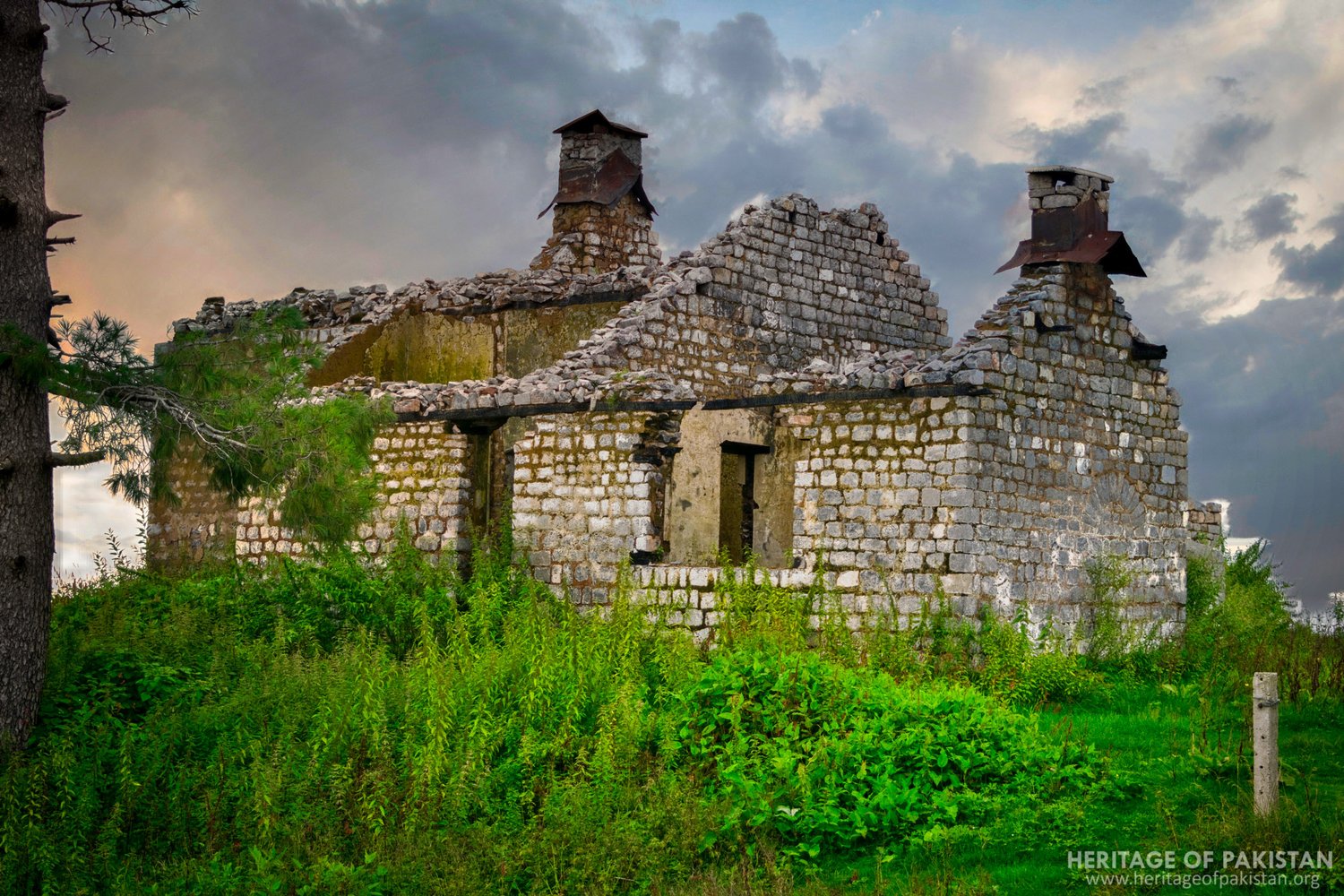
The Gazetteer of the Hazara District, 1907 also provides some interesting details about colonial Thandiani. During the British era, a Post Office and Dak Bungalow were also constructed at Thandiani. A dak bungalow served as free lodging for government representatives. They were developed all across India and served as a place to stay when people traveled to these remote locations. There also existed 15 bungalows for European visitors for the Britishers residing in Abbottabad and the Missionaries operating in then NWFP and Punjab province.Additionally, Thandiani developed into a center for British missionaries, who built residential cottages there along with a beautiful church known as St Xavier’s Church. Worthington Jukes, a Christian missionary who traveled much in India during the British Raj, offers fascinating insights about Thandiani in his memoirs .
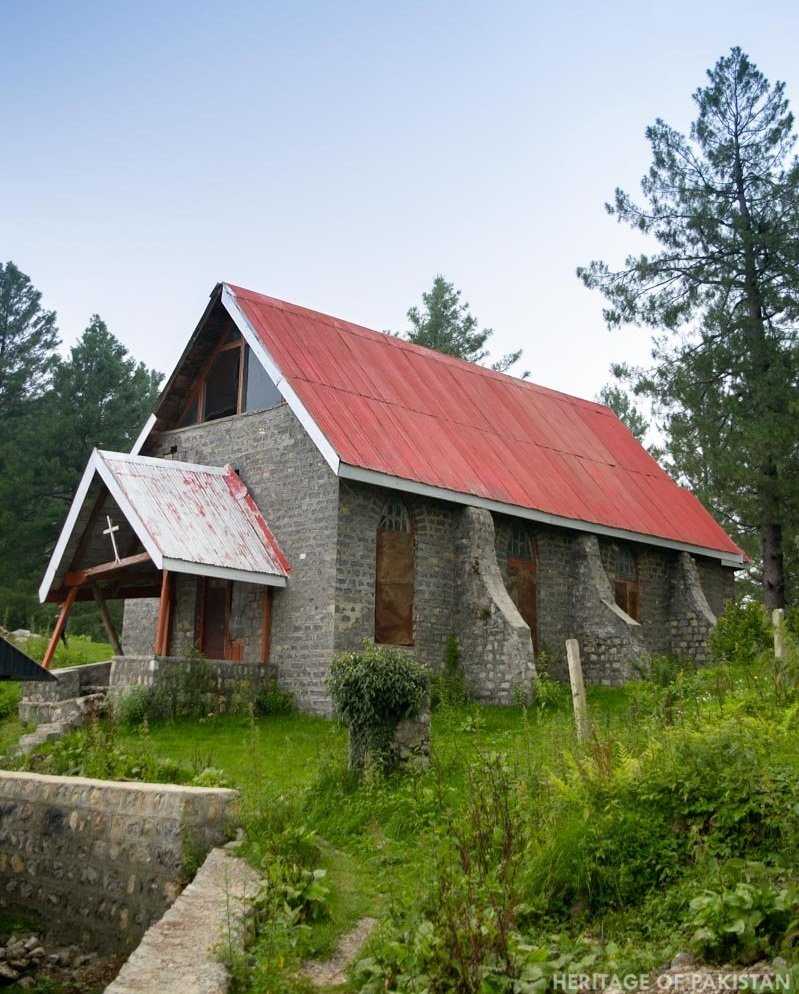
In his interesting manuscript “Reminiscences Of Missionary Work In Amritsar 1872-1873 And On The Afghan Frontier In Peshawar 1873-1890,” he describes his numerous journeys and excursions to Thandiani from the 1870s through the 1880s. It is clear from his account of Thandiani in the 19th century that the church and missionaries had a sizable presence there. According to him, the Church Mission owned a number of houses there, and eventually, in 1874 the St Xavier’s church was also established.
Worthington Jukes writes, “It was owing to the extreme unhealthiness of Peshawar, that we were ordered away to the Hills for a few weeks every summer. Thandiani was situated some 12 miles from Abbottabad in the Himalayas, about 7000 ft. above the sea. It was a most delightful and healthy spot, and here it was that the Mission possessed two small cottages, so I arranged to take an alternate leave of absence with Mr. Hughes, and there to work hard at Pakhto and Hebrew. I also wanted to see the property the Mission owned there before Mr. Hughes went home on leave. I enjoyed the respite from the heat of the plains immensely…… I was therefore glad to get away to Thandiani in the middle of July, and to enjoy the splendid view of Nanga Parbat, 26000 ft. high, the third highest mountain in the Himalayas…. I remained there one month."
In 1874 St Xavier’s Church was established at Thandiani by the Christian Mission in Thandiani. Reverend Worthington describes the establishment of the Church during his visit to Thandiani in 1874. The Church in its ruined condition is visible when one reaches the Thandiani top. The gothic style structure is compact and elegant, and it reminds one of the Church at Nathia Gali. The building has deteriorated over time and requires immediate restoration.
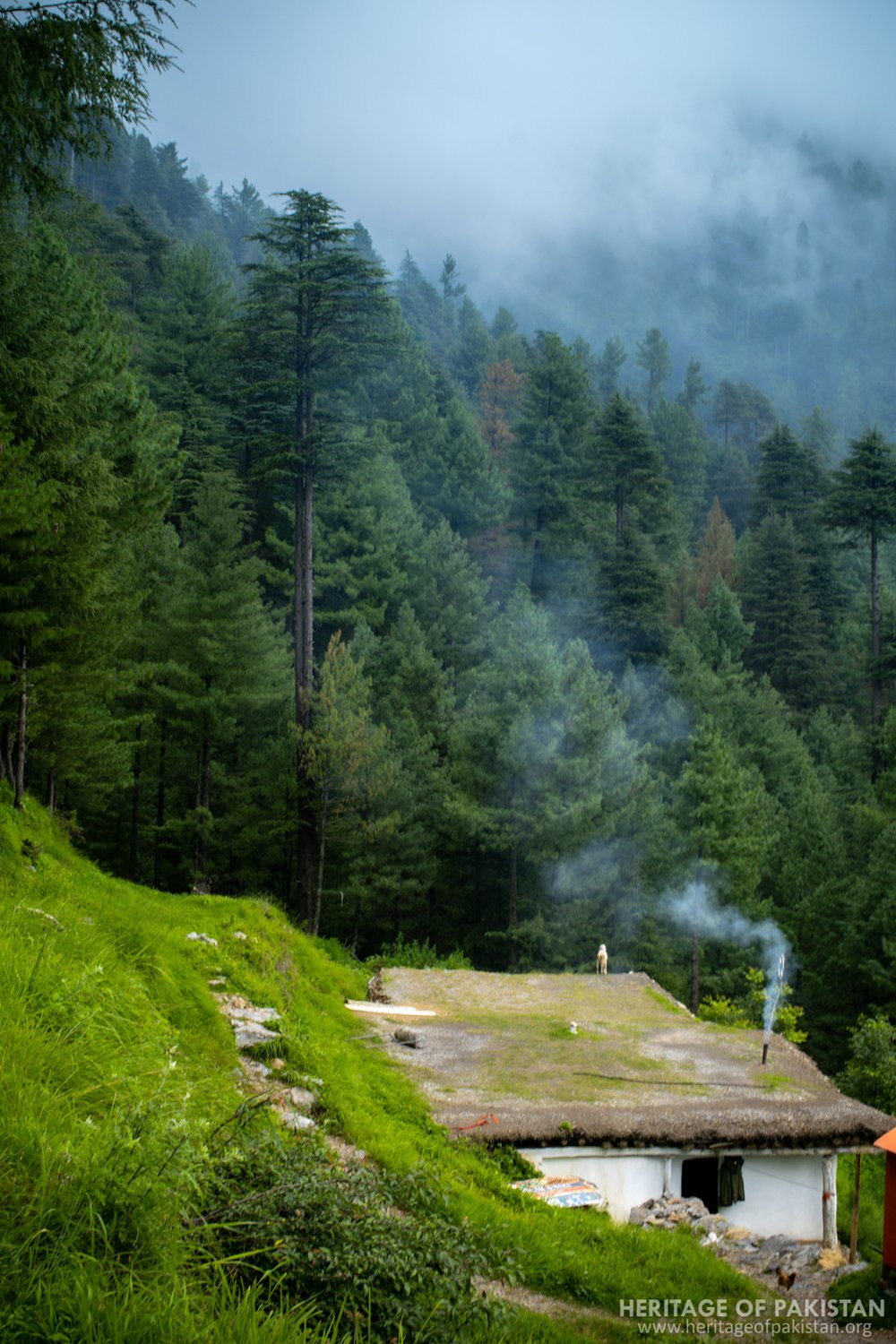
The Himalayas cover more than 3000 kilometers in the northern region of the Indo-Subcontinent, stretching across Bhutan, China, India, Nepal, and Pakistan. Depending on the altitude, the Himalayas are classified into various sub-groups namely: Outer Himalayas or foothills with low peaks up to 1200m above sea level; Lesser Himalayas which are located north of Outer Himalayas with altitudes ranging from 1200m to 4000m; The Greater Himalayas contain the central higher mountains with elevations up to 5000m above sea level .
With an altitude of roughly 2681m, Thandiani lies in the Lesser Himalayas range of Pakistan . Given its height, which allows for the visibility of numerous mountain ranges, Thandiani provides some of the best views in the area. The picturesque Pir Panjal range in Kashmir may be seen beyond the Kunhar river on Thandiani’s east. Tip of Nanga Parbat can be seen on the northern side beyond the Kaghan mountains, which are visible to the north. The Swat Mountains may be viewed in the northwest, and the Indus and Galiyat Plains can be seen on the southern side. Worthington Jukes in “Reminiscences Of Missionary Work In Amritsar 1872-1873 And On The Afghan Frontier In Peshawar 1873-1890” revels on the beautiful panorama provided by Thandiani. He marvels at the fact that one can see almost 100 miles away into the landscape as far as the mountains beyond the Peshawar valley.
Because of its altitude, Thandiani experiences cold temperatures all year round, providing a welcome respite from the sweltering Punjabi plains. The max temperature is in June peaking at 25.8 °C. The Gazetteer of the Hazara District 1907 describes that during the British era hill stations like Thandiani offered a refuge from the hot of the plains during summers.
Winters are chilly in Thandiani and temperatures in January can drop to -5 °C. From December till March heavy snowfalls occur reaching up to 4 feet. Monsoons take place in summers from July to August and the heavy precipitation provides a favorable environment for rich vegetation and biodiversity.
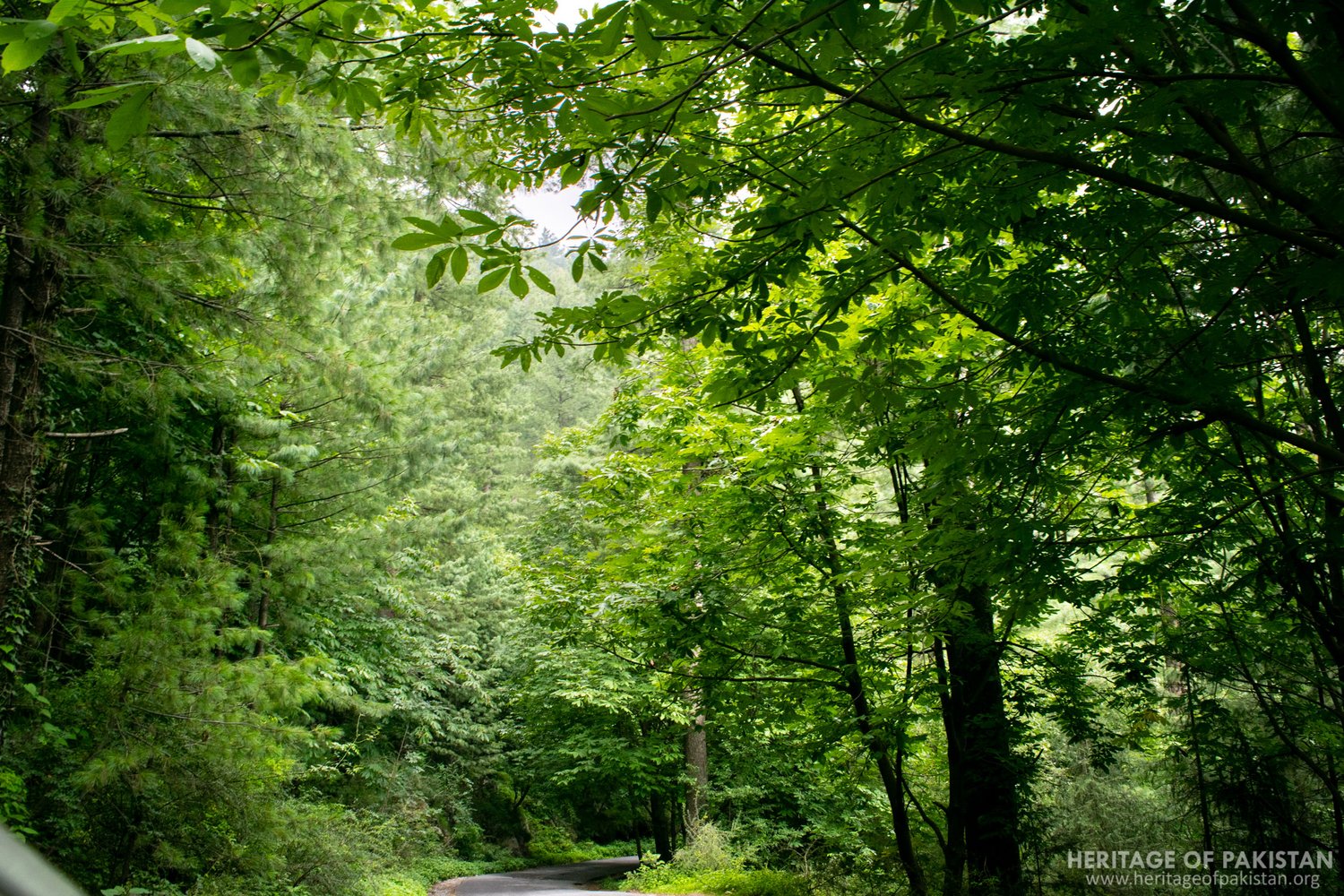
Owing to its high rate of precipitation and moisture, Thandiani's environment is ideal for dense vegetation. Thandiani is surrounded by thick forests, and the forest cover is much denser than in other areas of the Galiyat, such as Nathia Gali. From Abbottabad, a beautiful trek through this forest leads to Thandiani via Dagri Naka . Thandiani Sub Forest Divisions are bordered to the west by Siran forests, on the north by Muzaffarabad and Garhi Habibullah, on the south by Abbottabad sub forest division, and on the east by Berangali forests.
The forests of the Lesser Himalayas (elevation 1000m to 4000m), including Thandiani, are classified as 'Himalayan Moist Temperate Forests.' These forests are dominated by flora species such as Pinus wallichiana, Abies pindrow, Quercus dilatata, Cedrus deodara, and Asculus indica. The forest of Thandiani is a ‘Himalayan Moist Temperate Forest’ which can be further described as a combination of ‘Low-Level Blue Pine forest’ and ‘Mixed Coniferous forests.’ Diverse wildlife and rich biodiversity exist in these forests The wildlife of Thandiani forests includess leopards, monkeys, flying squirrels and Kalij Pheasants.
According to research, Pakistan lost 24.7% of its forest canopy in just 15-16 years from 1990-2005. The forest encompassing Thandiani is losing biodiversity as a result of rapid urbanization, deforestation, and the expansion of agricultural land. Owing to the destruction of natural habitats, many plant and animal species are rapidly disappearing in the region. The once-dense forests near Thandiani are quickly becoming sparser as trees like Quercus dilatata, Pinus wallichiana, Taxus wallichiana, and Quercus incana are being cut down for fuel and other uses.
According to Waqas Khan, “Pure populations of some native tree species have been destroyed several of which cannot be renewed. Due to the loss of flora numbers of animals such as the common leopard and numerous other bird species are going extinct locally. The population of the Kalij Pheasant (Lophuraleu comelana) and Kaklass pheasant (Pucrasiama crolopha) are the highest known in Pakistan but decreasing quite rapidly due to habitat loss. Only thirty mature individuals of the kalij pheasant are acknowledged to occur in the Thandiani sub forests division in the last five years.” This warrants immediate intervention to preserve the bio diversity of these forests
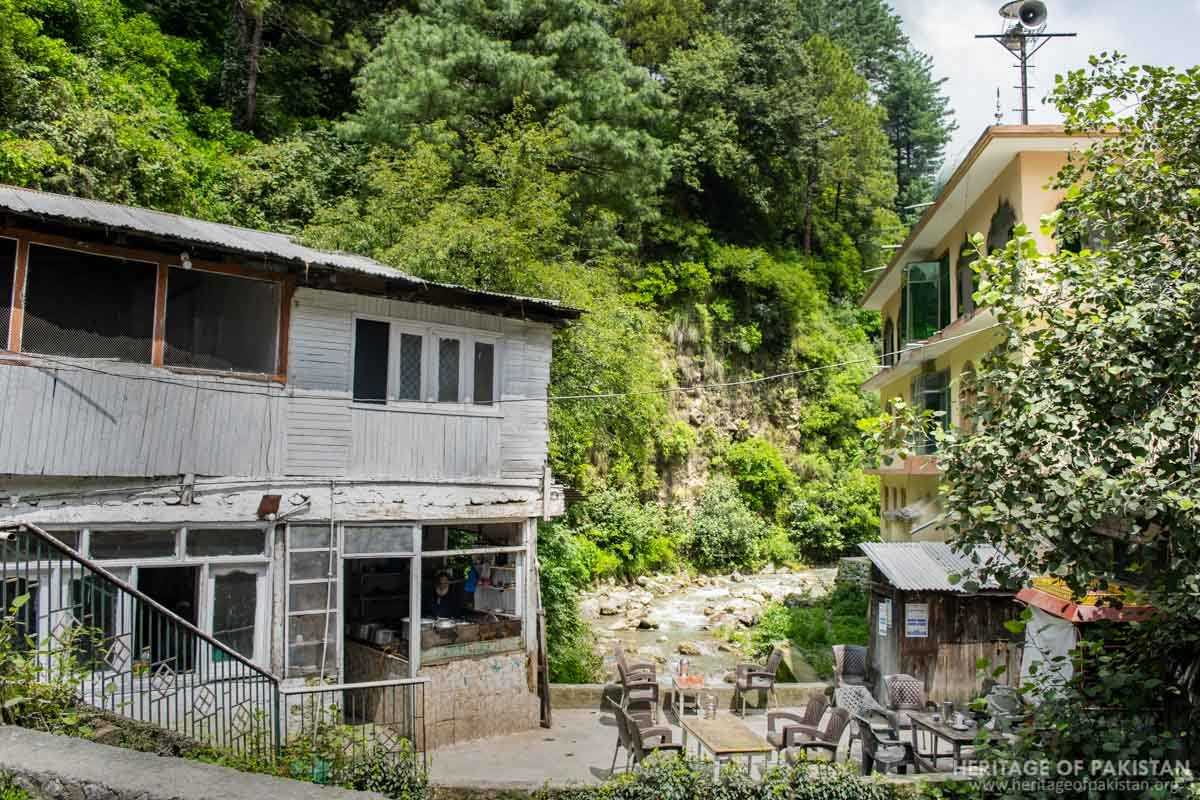 Shops by locals
Shops by localsExcept for a few tiny hotels and other shops, the topmost region of Thandiani, which is located between 2200 and 2600m, is uninhabited. The region's human population begins at a height of about 2200 meters, and as the elevation drops, settlement density increases. The nearest settlements include Bandi Sarara Mara Rehmat Khan, Inderseri, Birnagalli, Chattri, Chamaili, Sialkot, Pattan, Okharela, Dheri, Darer, Kukmang , Gurlania, Tarheri, Riyala, Tarnawai, Balolia, Neelor, Kalapani, Mandroch, Bhoji, Larri, and Pahge.
The people in the neighboring villages subsist on agriculture mostly and the main crops include maize, wheat, and potatoes. The primary tribes in the villages are the Jadoons, Abbasis, Karrlals, Awans, Khokars, and Gujjars, with Hindko and Gojri being the two languages most commonly spoken.

Camping pods are available at a beautiful camping site at Thandiani managed by the Tourism Department, Government of Khyber Pakhtunkhwa. As Thandiani lacks any proper hotels or places to stay, the camping pods offer one of the best alternates at Thandiani. The campground is enveloped by a dense forest and provides an incredible experience. The pods have adequate facilities with a small play area for children as well.
However, due to Thandiani's consistently chilly climate, sufficient preparation must be made before visiting, and suitable clothing must be brought. Additionally, reservations for the camping pods must be made much in advance because there are a limited number of them and a significant volume of visitors.
Owing to its height, Thandiani offers an ideal place for establishing communication towers. Hence, there is a Pakistan Television Corporation Rebroadcast Station established at Thandiani top.
An old rest house of the Forest Department also exists with beautiful surroundings. According to the Galiyat Development Authority Website, this resthouse is nonfunctional.

Discover the Thandiani image gallery and immerse yourself in stunning photographs

All Photographs by Syed Noor Hussain and Sania Azhar.
All Rights Reserved. Photos may be used for Non-Commercial, Educational, Artistic, Research, Non-Profit & Academic purposes.
Commercial uses require licensing agreement.


Add a review